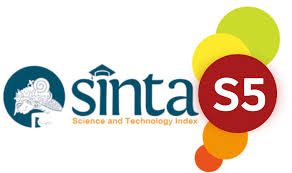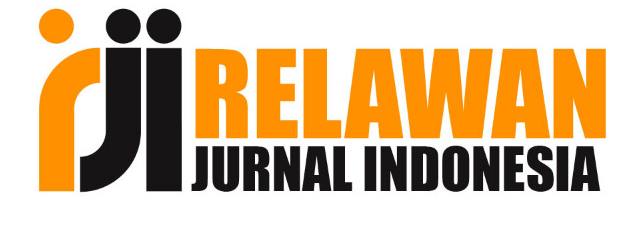THE IMPORTANCE OF AUTHENTIC MATERIALS TO SUPPORT STUDENTS’ READING PROFICIENCY
DOI:
https://doi.org/10.36982/jge.v6i1.428Abstract
In teaching English as a foreign language, teachers frequently use authentic materials to teach their students in the classroom. Both in four language skills namely reading, listening, speaking, and writing and language components like grammar and vocabulary. In addition, these kinds of materials have greater influence to enhance students’ foreign language ability because they are introduced directly to the materials which use English as the introductory language.  This paper discusses what is meant by authentic text, kinds of authentic materials, why it is important to use this material, the strengths and weaknesses of using this material in teaching reading to EFL students in relation to the enhancement of students’ reading proficiency.
Key words : authentic materials, reading proficiency, EFL students Â
References
Adisutrisno, D. W. (2008). Semantics: An introduction to the basic concepts. Yogyakarta: Penerbit ANDI.
Berardo, S. A. (2006). The use of authentic materials in the teaching of reading. The Reading Matrix, 6(2), 347-353.
Brown, H, D. (2004). Language assessment: Principles and classroom practices. New York: Pearson Education, Inc.
Guariento, W. & Morley, J. (2001). Text and task authenticity in the EFL classroom. ELT Journal 55(4), pp 347-353.
Hornby, A. S. (1987). Oxford Advanced Learner’s Dictionary of current English. Oxford: Oxford University Press.
Linse, C. T. (2006). Practical English language teaching young learners. New York, NY: McGraw-Hill.
Marliasari, S. (2015, November). Developing ability in answering reading question by using question-answer relationships technique. Paper presented at the English Education International Conference, Jambi.
OECD. (2010). PISA 2009 Results: What students know and can do: student’s performance in reading mathematics and science. Retrieved from http://dx.doi.org/10.1787/9789264091450.
Peacock, M. (1977). The effect of authentic materials on the motivation of EFL learners in English language teaching. Journal 51 pp.2
Sanderson, P. (1999). Using newspapers in the classroom. Cambridge: Cambridge University Press.
Shiel, G. (2006). The PISA assessment on reading literacy. The Irish of Journal Education, 37, 79-100.
Siahaan, S. (2008). Issues in linguistics. Yogyakarta: Graha Ilmu.
Tamo, D. (2009). The use of authentic materials in classrooms. LCP Journal 2(1), 74-78.
Wallace, C. (1992). Reading. Oxford: Oxford University Press.
Wojciechowski, L. & Zweig, D. (2003). Motivating student reading through read-alouds and home school independent reading (Unpublished master’s thesis). Saint Xavier University & Skylight, Chicago, USA.
Downloads
Published
How to Cite
Issue
Section
License
Global Expert: Jurnal Bahasa dan Sastra is published by Universitas Indo Global Mandiri and licensed under a Creative Commons Attribution-ShareAlike 4.0 International License.











